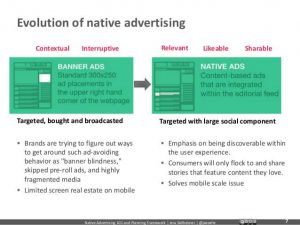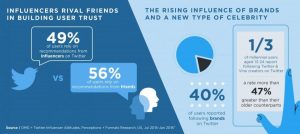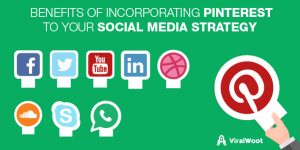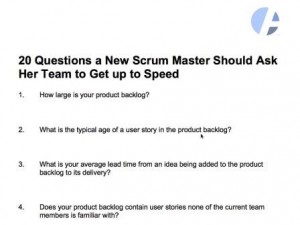
Your ad may be eye-catching and informative enough to get you clicks, but what percentage of those clicks are converting into clients after they arrive at your website? Web marketing requires connecting the dots between your ads and landing pages to avoid losing consumers in the gap between. Common website pages include the homepage, about us page, list of services, and blog. These pages are not designed specifically to convert visitors into clients, unlike landing pages.
A landing page is created for a single conversion objective, such as a whitepaper download or email newsletter sign-up or to call and make an appointment. Each Google ad you create should lead to a specific landing page that was designed and written to complete the conversion after someone clicks on the ad.
Here are ten tips for creating effective landing pages for your next Google AdWords campaign:
Coordinate the Keywords, Ad, and Landing Page
To see the best results from your digital advertising campaign, you need a strategy that keeps all aspects of it united. A new landing page must be specifically crafted for each ad, and it should use the same keywords and related text that you use in the ad itself.
Use Text to Win Over Site Visitors
Improving your click-through rate (when a user clicks on the ad to go through to your landing page, aka CTR) does not guarantee an uptick in conversions. The text on your ad’s destination page should outline your unique selling points, encouraging consumers to choose you over a competitor. Otherwise, they may simply hit “back” and visit a competitor’s website.
Make the Site Experience Trustworthy
The text on a landing page is not the only thing that can work for you, however. A form of visual content can help give your page more body, making it look more like a real page and less like a quick sales ploy. Consider adding images of your business or team, embedding a short video, or including a chart or infographic that quickly summarizes information.
Make Each Landing Page Different
This tip is particularly important for local businesses such as small health care practices that cater to local clientele. You can run an ad campaign that targets consumers in different states, cities, or suburbs. Each ad, since it will use a different geo-tag in its keyword phrase, should lead to a unique landing page.
Avoid the strong temptation to cut and paste the same content from page to page, as Google may penalise you for this. Plus, you should include a few phrases and points that let consumers know you are talking directly to people like them, in their suburb, and not just to a mass-market audience.
Test Ad Groups
No matter how many articles about digital advertising you read, it is impossible to tell exactly how well Google AdWords will work for you without testing it. You can run variants of the same ad at the same time to see which one gets more clicks. You can also run the same ad but have it lead to different landing pages to see which destination page performs better with lead conversion.
Include Contact Information
You can track click-throughs and lead conversions through Google AdWords, but don’t forget that many consumers may convert in an entirely different way. They may fill out a short online form to ask a question or request information, or they may simply pick up the phone and call your office. Including your phone number is a top priority, but other ideas include the physical address, email address, and direct links to social media profiles. Health care practices may also want to include a small map or Google Maps plug-in that quickly shows potential clients your location.
Keep the Call to Action Near the Top
If your ad’s goal is to increase email newsletter signups, then do not make consumers scroll down to find the input form. Keep your CTA “above the fold”, so to speak, and make it easy to see so you do not lose potential conversions. To be honest, this actually applies to your homepage as well.
Appeal to the “Skimmers” Among Us
Once again, a landing page is very different from a blog post or on-site article. Consumers are not there to read about a new product or diagnostic innovations; they are there because they clicked through from an ad. Keep posting great content throughout your website, but keep the landing page itself simple and clean. Appeal to busy individuals who are more apt to skim and scan text for the information they need in the moment by using bullet points or numbering systems.
Use Meta Tags and Title Tags
Meta and title tags are the cornerstones of SEO (Search Engine Optimisation), which means they are also essential for any Google AdWords campaign. The search engine crawls and indexes pages, retrieving the most vital information to form a summary of each page. The title tag refers to the page’s title, which should be succinct and include keywords. The meta tags refer to the chosen set of keywords, headers, site descriptions, and Alt tags that contain more information about the page.
Pay Attention to the Landing Page URL
Each page on your site has a distinct URL, which is what appears in the address bar of the browser. Most consumers do not read them, but Google does. In fact, Google AdWords will use the URL path to suggest which keywords could be used in the ad. Make sure the words you choose are consistent with your keywords and conversion goals.
Digital & Social Articles on Business 2 Community(84)
Report Post







